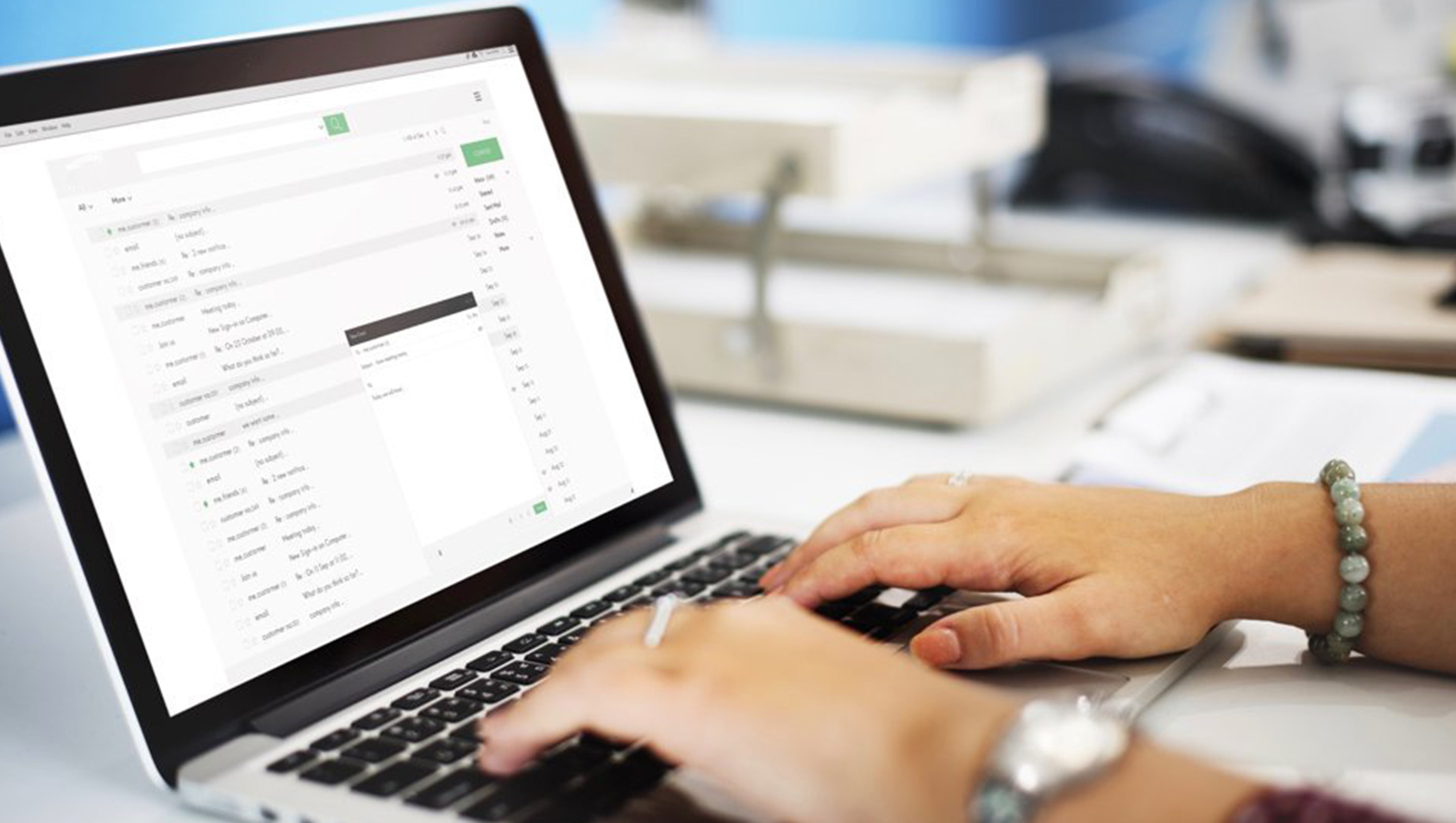
Gmail is the fastest-growing and most actively used internet service provider (ISP), with over 1.2 billion users worldwide. What’s more, according to Yes Marketing data, Gmail accounts for 30 percent of all brands’ email subscribers — a number that has nearly doubled since 2013.
Gmail’s dominance and constant innovation have redefined Email Marketing best practices and significantly impacted marketers’ ability to reach subscribers. Gmail is incredibly protective of its users. In fact, Gmail enforces high standards for senders, making it difficult to spammers to reach its users. It also requires senders to authenticate and encrypt emails, and follow data hygiene best practices.
Given Gmail’s growth and popularity, it’s crucial for marketers to understand and adhere to best practices to maintain a positive sender reputation and ensure their messages reach subscribers.
Read More: Gmail and Slack Are More Than Just Messaging Tools: They’re Problematic Storage Solutions
In a new report, Yes Marketing (my employer) analyzed Gmail reputation data from more than 150 brands over the period spanning mid-2017 to Q1 2018 to help marketers better understand how their reputation stacks up and what steps they can take to improve it.
“The data shows that marketers who improved their Gmail reputations boosted their inboxing rate (the percentage of emails sent that reach subscribers’ inboxes) by as much as 95 percent since 2017. The percentage of senders with “high” reputations was at 76 percent as of 2018, up from 25 percent from the year prior.”
The report shows that improvements in Gmail reputation resulted in positive gains in inbox placement across the board:
- Brands that improved their reputation by two or more tiers experienced the largest boost in inboxing. Going from “low” to “high” (scale: bad, low, medium, high) accounted for an increase of 138 percent, from an inboxing of 40.9 percent to 97.4 percent. Senders that improved from “bad” to “high” experienced inboxing increase from 2.4 percent to 97.4 percent.
- Brands that improved their reputation by one tier experienced a 55 percent improvement in their Gmail inboxing rate.
So, how do you improve sender reputation with Gmail and ultimately boost your inboxing rate? Get back to the basics.
Read More: G Suite’s Gmail Rolls out with New Features
4 Ways to Improve Gmail Inboxing Rates
With a growing number of active subscribers and consistent evolution, Gmail plays a major role in the email marketing world. For many marketers, the success of their Email Marketing programs depends largely on the Gmail inboxing rate. If you’re struggling with a low Gmail reputation, consider adopting best practices, such as data hygiene, aggressive targeting and more.
1. Clean Your Data
Yes Marketing data shows that marketers who focus on data hygiene stand to improve their Gmail reputation and inboxing rates the most. That could be as simple as reducing the number of times you email inactive subscribers and removing bad addresses from your lists. Targeting only the most active subscribers will reduce spam traps and boost your sender reputation.
2. Target More Aggressively
To maintain a high Gmail reputation, it’s also important to send messages to users who want to receive them. To get there, focus on more aggressive targeting. That means breaking down your lists into segments and targeting the segments that are most likely to engage. Higher engagement metrics lead to fewer spam traps and an increase in reputation.
Read More: The Year in Messaging and Conversational Experiences
3. Strategize Your Ramp-Up
If you’re using a new domain, avoid landing a negative reputation by strategizing your ramp-up. An effective ramp-up strategy includes a mix of targeting, mailing frequency and metering (controlling the rate at which messages deploy). If you’re a new sender with a large campaign audience and deploy your messages all at once, Gmail may view you as an unestablished sender or spammer and block your messages.
4. Evaluate Affiliate Marketing Strategies
If you’re still struggling to improve your sender reputation after implementing more aggressive targeting and better data hygiene best practices, evaluate your affiliate marketing strategies. Co-registration programs from another division or other forms of affiliate marketing campaigns using your domain may be the culprit. In some cases, registration campaigns target users who have not opted to receive them, leading to low engagement and ultimately a low reputation.
Given Gmail’s impact on email marketing, marketers must adhere to the email giant’s standards or risk experiencing low inboxing rates. To maintain a high reputation with Gmail and increase your chances of reaching key Gmail subscribers, email only your most engaged audience segments, improve your data hygiene and implement smart ramp-up strategies.
Read More: The MarTech Fitness Drill 2019: How Much Do You Sweat With Your Marketing Technology











